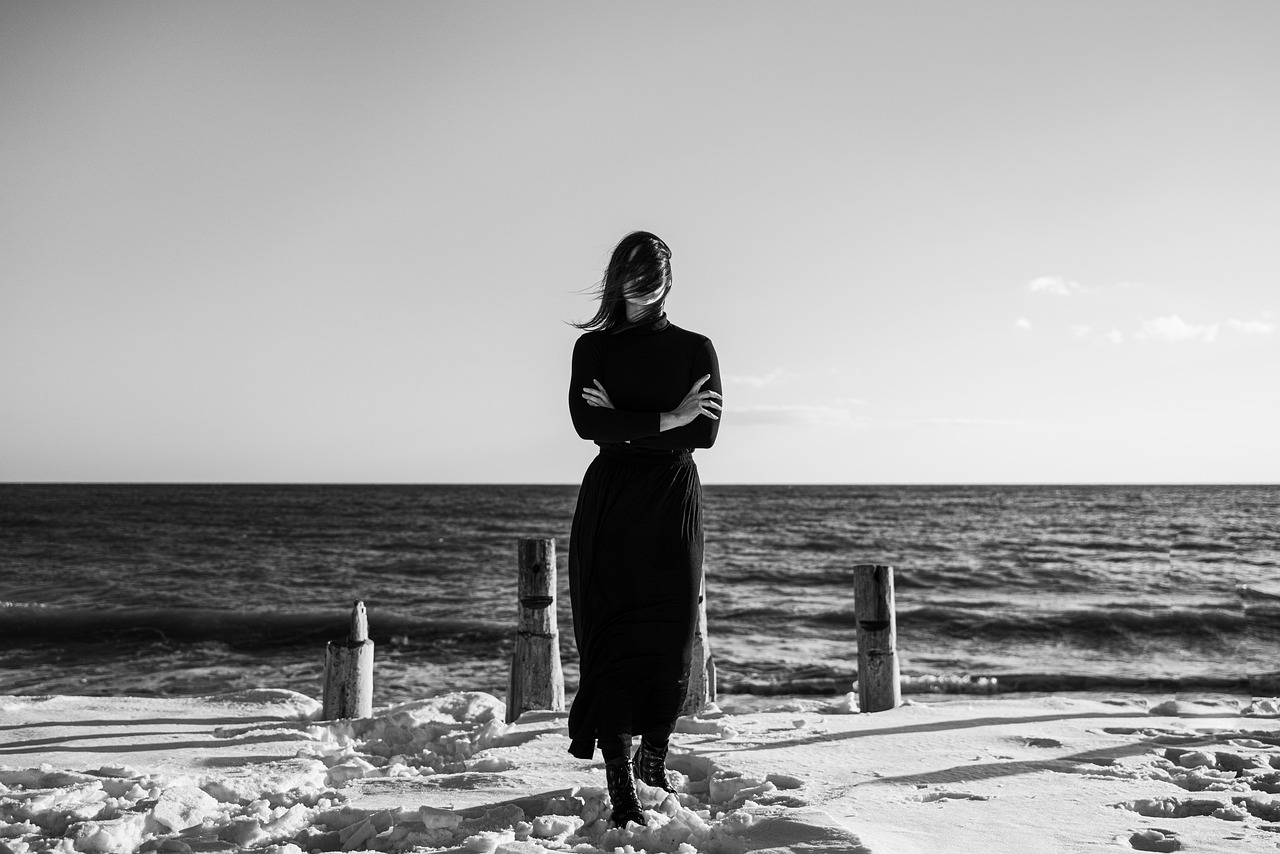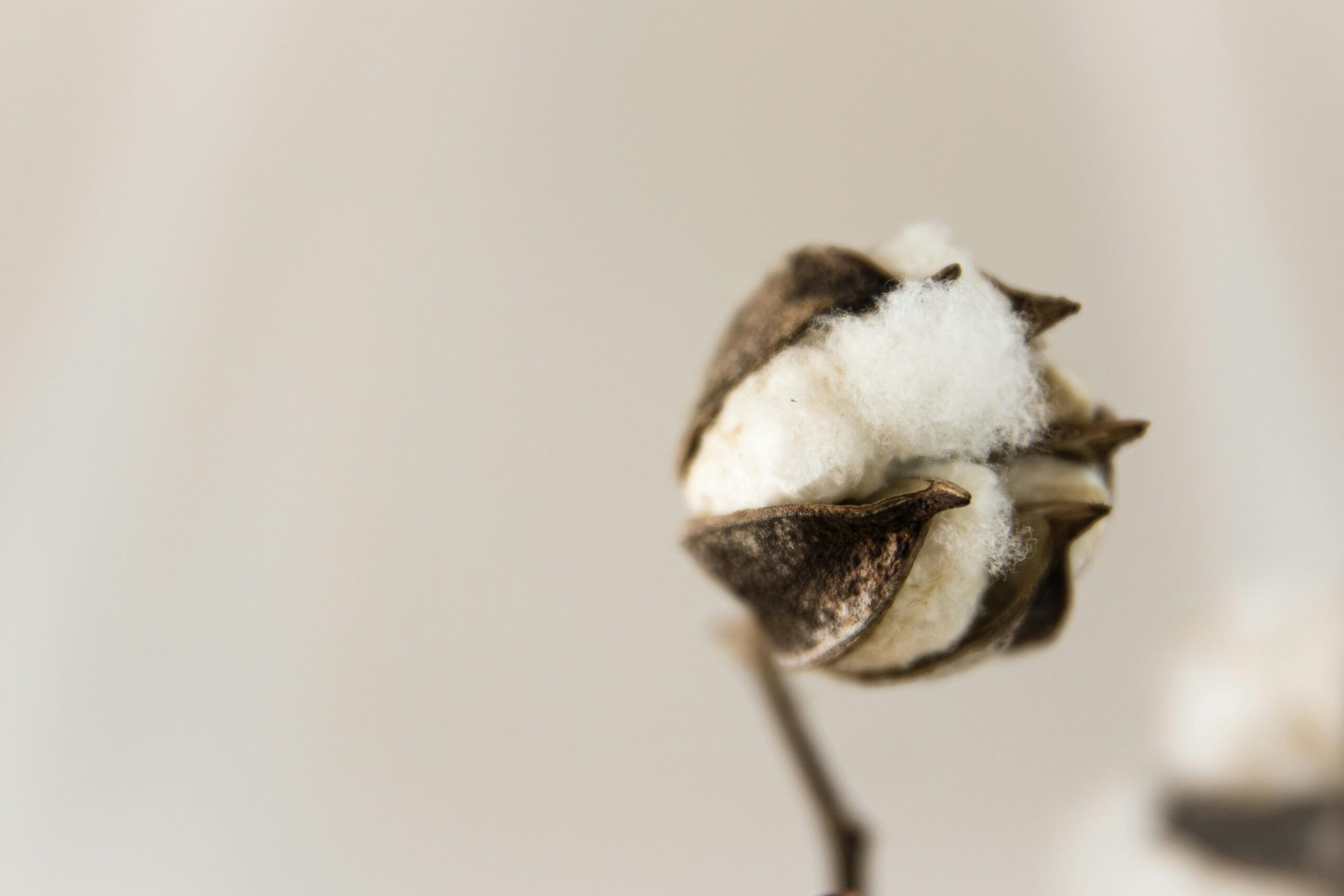While the runways of recent Fashion Weeks, from Paris to Milan, have celebrated the comeback of the spectacular, with flamboyant silhouettes and a proclaimed maximalism, and the report “FW’25/26 Womens Fashion Week” by Heuritech, a trend prediction agency specializing in fashion, already designates “opulence” as a major trend for fall-winter 2026, another language has begun to emerge: that of a fashion that does not seek to impress but to soothe.
Alongside these fashion weeks, brands such as Cèucle, Louis Rubi, Les Dunes, and Margaret Howell can be found, all of which have bet on sobriety by offering wardrobes focused on high-quality essentials. In a landscape saturated with images, constant stimuli, and hyper-consumption, where the word “trend” seems to be redefined with every swipe on our phones, minimalism is establishing itself as a breath of fresh air.
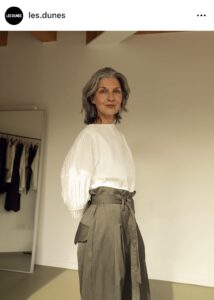
Through clean silhouettes, noble materials, and a palette of neutral tones, the adage “less is more” or “less but better,” according to Mies van der Rohe’s phrase, takes on full meaning. But behind this calm aesthetic, decidedly contemporary, lies a much older story rooted far from the major Western capitals.
Let’s focus on this trend that invites us to reflect on our consumption.
A japanese philosophy
While minimalism today appears to respond to a modern urgency, its roots are embedded in Japanese thought. There, emptiness is not a lack; on the contrary, it is a space for breathing, for meaning. It is within this logic that the concept of “wabi-sabi” was born, originating from Zen Buddhism, which celebrates the beauty of imperfection and impermanence. It is the emotion of a cracked ceramic, the poetry of a fabric worn by time, a chipped bowl, irregular stitching: everything marked by time deserves to be appreciated.
As Julie Pointer Adams summarizes in her book “Wabi-Sabi Welcome,” it is “to embrace the imperfect, and to receive with simplicity and attention.” An invitation to slow down, to feel, to live differently. Alongside it, there is Danshari (断捨離), a method of physical and mental decluttering based on three principles: dan (断) refuse, sha (捨) discard, ri (離) detach — “refuse, discard, detach.” It is no longer just about tidying up but about a conscious process that pushes us to choose what truly deserves a place in our wardrobes and lives.

More recently, and similarly, the movement #RRRR launched by the eco-organization Refashion encourages good practices to “Repair, Reuse, Recycle, and Reduce” in order to lessen the environmental impact of textiles, shoes, and household linens that are no longer in use. Both approaches converge in their reflection on excess and the importance of making conscious choices. However, where Danshari focuses on a personal and introspective approach, the #RRRR movement adopts a more collective and ecological dimension, emphasizing the importance of group commitment—an essential aspect in today’s context.
A concept reflecting society, from art to fashion
Minimalism appeared in contemporary art in the 1960s as a reaction against the excesses of abstract expressionism and pop art. Artists like Donald Judd or Dan Flavin reduced form to its simplest expression. Their work became an invitation to contemplation: an immersion into emptiness, silence, and calm. Like Japanese Zen gardens or traditional Japanese architecture, their works suspend time.
In fashion, this silence manifested in the 1980s, contrasting with the loud and spectacular silhouettes of that era. While the world was shaken by crises—Chernobyl, the 1987 stock market crash, the Gulf War—clothing reflected this break, becoming more essential and discreet. It was in this climate that Japanese designers like Yohji Yamamoto, Rei Kawakubo (Comme des Garçons), and Issey Miyake introduced a different vision of luxury: a subversive, intensely refined fashion.
Loose silhouettes, natural materials, deconstructed cuts, muted tones: clothing became an envelope that reassures, respects the body and time.
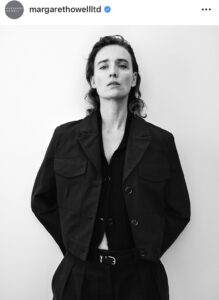
A persistent influence
In the 1990s, rigor and restraint became codes: in New York, designers like Calvin Klein and Helmut Lang promoted functional elegance, while in Milan, Miuccia Prada embodied a cold, intellectual sophistication. In Belgium, the “Six Antwerp” challenged the boundaries between art and clothing.
Today, this lineage continues on runways with brands like Lemaire or The Row, or within promising labels such as Cèucle, Les Dunes, Margaret Howell, and Louis Rubi (LR3), each in their own way:
Cèucle, a French brand of minimalist, unisex ready-to-wear made in France and focused on upcycling, offers a timeless wardrobe.
Louis Rubi, a Spanish designer based in France, advocates for a unisex collection that does not follow fashion cycles, offering permanent pieces to encourage thoughtful shopping, far from impulsiveness.
Les Dunes, a French brand emphasizing story, intention, and detail in each piece, embodies a mindful approach to everyday dressing, with limited series collections and unique pieces, combining comfort, style, and materiality.
Finally, Margaret Howell, a British designer renowned for her timeless, functional, and ethical clothing, has been proposing a minimalist and sustainable vision of fashion since 1970, prioritizing quality, simplicity, and longevity.
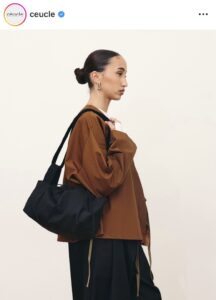
The “quiet luxury”: an ambiguity to explore
In the early 2020s, a term resurfaced in fashion magazines: “quiet luxury.” Opposite to the 1990s, this sophisticated, almost clinical luxury has become a true trend but sometimes loses the spiritual dimension of minimalism, turning into a social code. This “quiet luxury” seems reserved for an elite, subtly displayed through impeccable but somewhat inaccessible pieces.
This evolution raises an important question: is minimalism transforming into an exclusive luxury, or does it remain a way to achieve more conscious and inclusive consumption?
A contemporary necessity
Why do wabi-sabi, Danshari, or “less is more” resonate so much today? Because in the face of fast fashion, micro-trends, and rampant consumerism, choosing becomes an act of resistance. Learning to see differently, to value materials, gestures, and time—perhaps that is the true luxury.
A garment that endures, evolves with us, and tells a story: that’s what initiatives like ReFashion, and brands like Cèucle, Louis Rubi, Les Dunes, or Margaret Howell demonstrate—proving that thoughtful, durable, quiet fashion can be just as desirable!
Photos : Pexels and Instagram
Words : Louise LILLO Amaria
More information on ethical and sustainable fashion in our magazine

